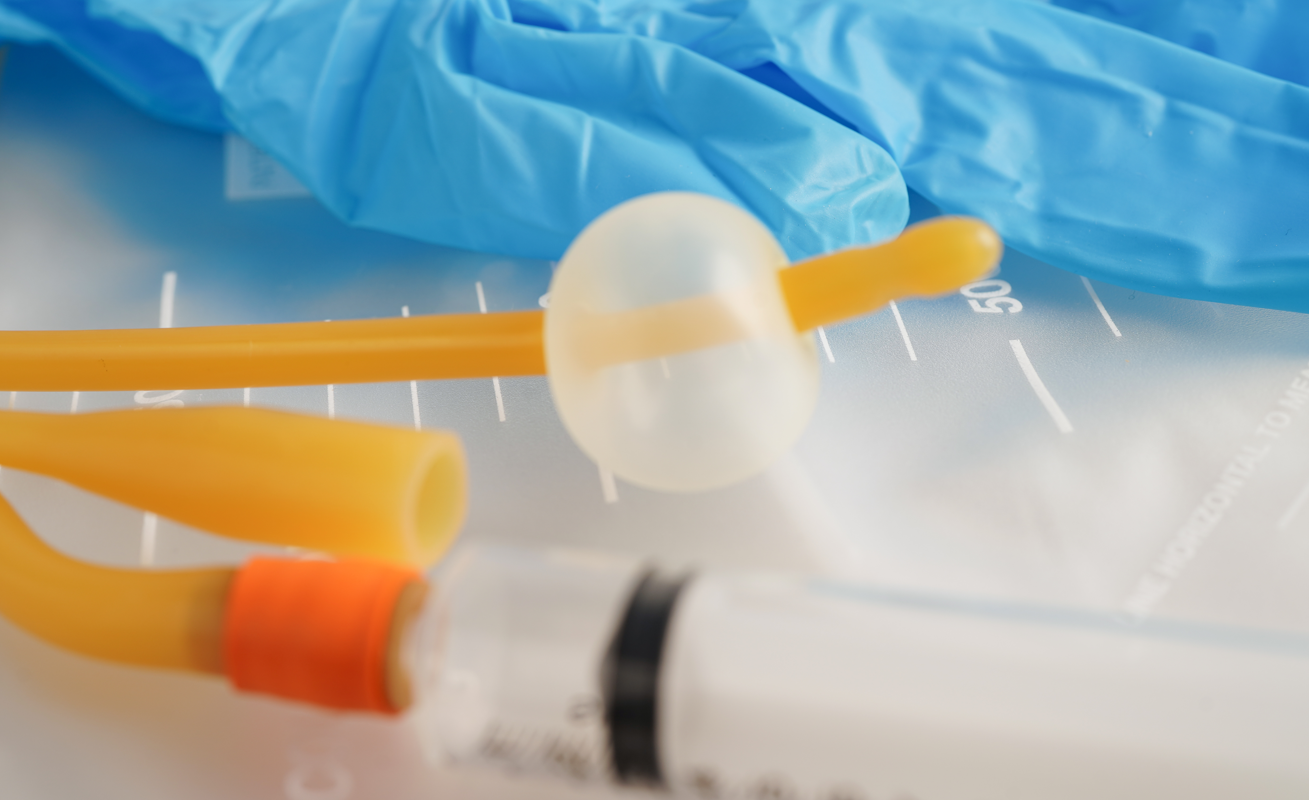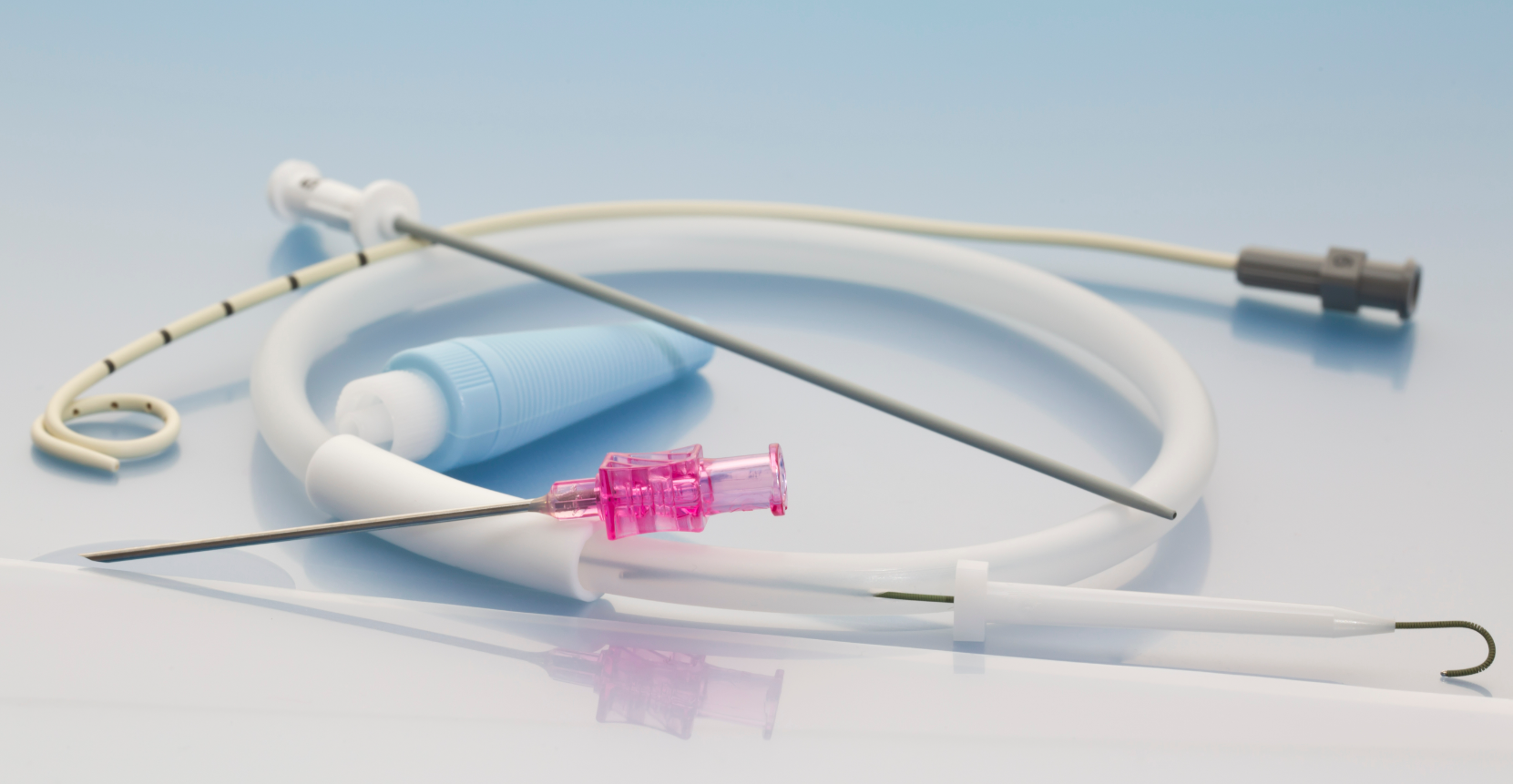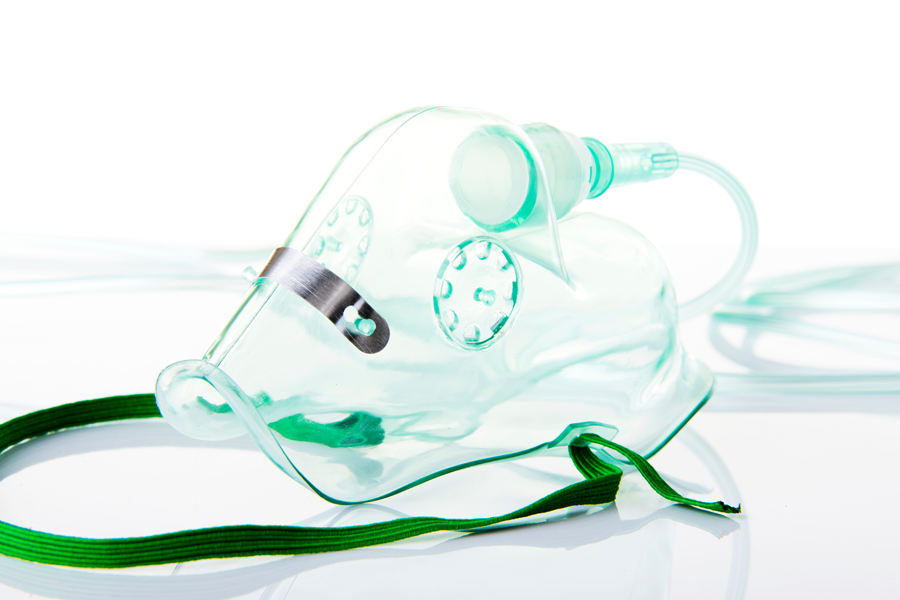
Embolectomy Catheter
Device Type: Cardiovascular - Therapeutic
FDA Description:
An embolectomy catheter is a balloon-tipped catheter that is used to remove thromboembolism, i.e., blood clots which have migrated in blood vessels from one site in the vascular tree to another. Regulation Number: 870.5150.
General Description:
An embolectomy catheter is a medical device designed to remove blood clots or emboli from blood vessels, restoring proper blood flow in critical care and emergency situations. It is widely used in procedures to treat acute arterial or venous occlusions, such as those caused by deep vein thrombosis (DVT) or pulmonary embolism.
The catheter is made from flexible, medical-grade materials, such as polyurethane or silicone, to navigate through the vascular system with minimal trauma to vessel walls. At its distal end, the catheter typically features an inflatable balloon or other specialized tip designed to capture and extract clots. The catheter is guided into the affected vessel using imaging techniques such as fluoroscopy for precise placement.
Embolectomy catheters are available in various sizes to accommodate different vessel diameters and clinical scenarios. Single-lumen and dual-lumen designs provide versatility for both aspiration and irrigation during the procedure. These devices undergo rigorous testing to meet biocompatibility, durability, and safety standards.
Embolectomy catheters are indispensable in vascular surgery, interventional radiology, and cardiology, enabling effective clot removal and reducing the risk of long-term complications such as tissue damage or organ failure.
The Code of Federal Regulations (CFR) classifies and organizes over 1,700 devices into 16 medical specialty “panels” (such as Anesthesiology Devices or General Hospital and Personal Use Devices). Within these broad categories are 7-digit regulation numbers and associated device descriptions, including intended use, classification, and information about marketing requirements.
Embolectomy Catheter
General Report
Project Overview
Cost & Time Estimates
Development Complexity
Technological Readiness
Regulatory Approval
Market Potential
Development Phases & Milestones
Resource Allocation & Team Involvement
Risk Mitigation Strategies
Investment & Financial Outlook
Feasibility
Understanding Your Feasibility Score
The Feasibility Score bar provides an assessment of your project’s path to market, with higher values indicating lower complexity and fewer anticipated obstacles.
- 0 - 39 (Low Feasibility): This range suggests that the project may face significant challenges due to high complexity or extensive requirements. Additional planning, resources, or risk mitigation strategies will be necessary.
- 40 - 74 (Moderate Feasibility): Projects within this range indicate a moderate path to market. While the overall complexity is manageable, some areas may require refinement or further development to ensure project stability and success.
- 75+ (High Feasibility): A score in this range indicates a relatively straightforward path to market, with low complexity and minimal additional work expected. This project is well-positioned to progress smoothly.
The Feasibility Score is a general guide, not an absolute measure of project success. We recommend using this score as part of a broader assessment and considering additional expert guidance for a comprehensive evaluation.
Cost & Time Breakdown
Phase I
Phase II
Phase III
Phase IV
Phase V
Disclaimers & Limitations
- Generalizations: This report provides a high-level overview based on standard assumptions and does not account for unique device characteristics. Actual costs, timelines, and risks may vary significantly depending on the device's design, use case, and target market.
- Assumptions of Device Class and Use: Assumptions were made regarding the device's classification and intended use. These assumptions can impact regulatory requirements, costs, and timelines. Specific regulatory pathways, for instance, may differ based on the device's risk classification and market entry strategy.
- Market and Regulatory Dynamics: Regulatory requirements and market conditions are subject to change. The report's cost and timeline estimates may be affected by evolving regulatory landscapes, standards, or unforeseen market dynamics, which could delay approval or require additional testing.
- Risk Assessment Limitations: Risk levels and mitigation strategies are based on general device categories and may not fully address specific technical or operational risks unique to the product. Thorough risk assessments should be tailored to the device's complexity, materials, and usage.
- Development Phases and Milestones: The development phases outlined here follow a typical medical device development pathway, but real-world project phases may overlap or require iteration due to unforeseen challenges or design changes.
- Cost and Timeline Variability: The cost and timeline estimates are based on standard industry benchmarks but do not account for project-specific adjustments. Factors like unexpected technical challenges, prototype iterations, or regulatory re-submissions can significantly impact final costs and schedules.
- Reliance on Industry Standards: The report relies on common industry standards for development and testing. However, additional standards specific to certain device features or regions may apply, affecting compliance requirements and associated timelines.
- Testing and Validation Scope: Testing and validation requirements are generalized. Devices with novel materials, complex electronics, or unique features may require additional, specialized tests, potentially extending both cost and duration.
- Supplier Chain for Complex Equipment: If your device includes advanced 'add-in' equipment like sensors, lasers, pumps, or vision systems, etc., the development timeline and associated costs will require a custom report.
.png?width=4200&height=441&name=Zewski_Report%20Logo%20(Shirts).png)

